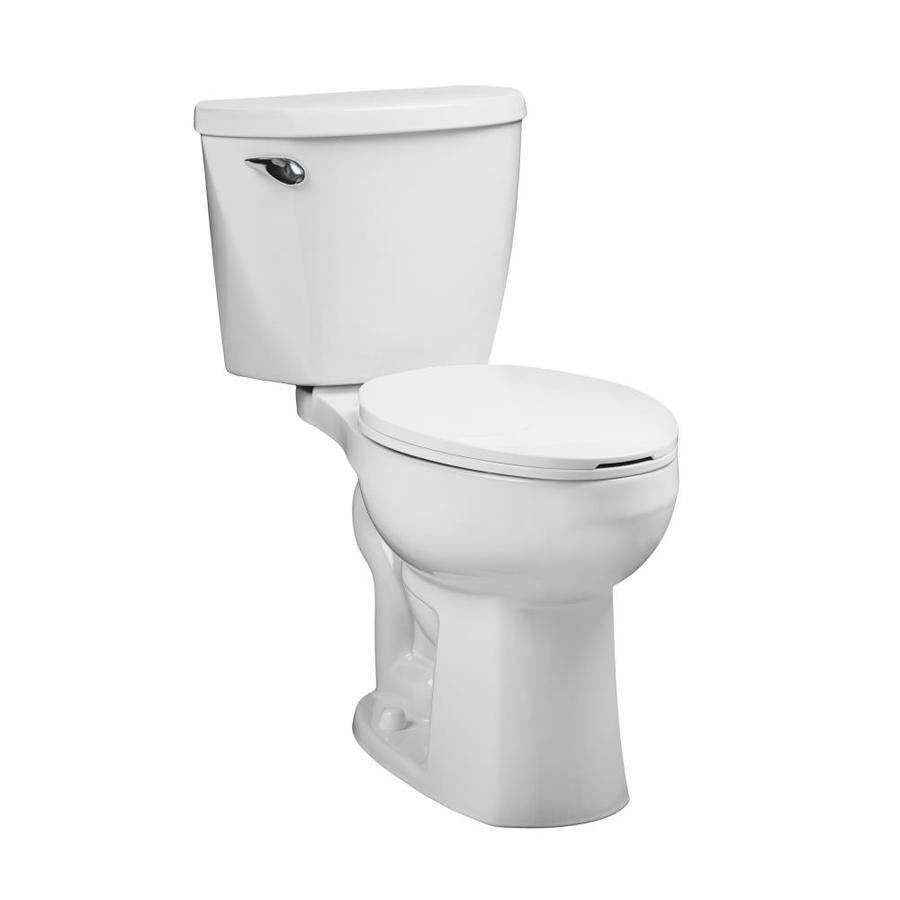Sourcing and Toilets in a Changing China
March 8, 2019

China has gone through some major economic changes in the last 2 decades. Some of which probably affected how you buy and what you buy in China. In a recent article from Stansberry Pacific Research’s Asia Wealth Investment Daily, we found a great review of some of these changes. Worth sharing. They use the Canton Fair as a point of reference and since the next one will start soon, many importers will find this context quite interesting. Below is a summary of their main points:
Changes in Cost: 20 years ago, China was the center of the world for cheap labor, and, somewhat amazingly, it stayed that way for decades. But these days, labor is no longer as cheap as it used to be. For example, the annual minimum wages in Beijing and Shanghai have reached the level of US$3,700 to US$4,000 respectively – This is two to three times those of Indonesia (US$1,304) and Vietnam (US$1,526). Despite that, the upcoming Canton Fair will feature a large amount of products that are still cheapest in China. How can that be? One word: Productivity. It has significantly increased in China over time so that, even though workers cost more, they produce even more.
Changes in Travel: If you speak to people who travelled in China in the 1990’s the subject of toilets will inevitably come up. They were, as the article says, “gross”. That is changing; one big, welcome development is the improvement and expansion of clean toilets. In the past, China has never been known to have the cleanest facilities. Not only that, but the western-style sit-down toilet was not prevalent in many places. So, unless you are good at squatting, this made it inconvenient, to say the least. The improvements will make your business trips to China much more pleasant – especially if you are visiting suppliers in small towns during your upcoming Canton Fair trip – and you are planning to explore.
Changes in Tourism: Toilets are also relevant to the growth of tourism. According to this article, China only gets about 29m tourists per year, in comparison to the US at 77m. Tourism of course, is a great source of revenue for any country: it added U$580 billion (about 5% of GDP) to China’s economy last year. And if China’s toilets can match the standard of those in Singapore (“the cleanest public toilets in the world”) maybe the proportion of tourists can match it too: China would then get $1.1 trillion from tourism. So China’s $3billion investment into a “toilet revolution” announced in 2015, and its efforts to improve and promote domestic travel by making it more convenient for visitors make sense. You can look forward to, not only better and cleaner toilets, but also better services: an increasing number of coffee shops, convenience stores, more English language menus and signs, better tour guides, etc. China’s trains, some of which are maglev and superfast, are also making it easier for travelers to get around and avoid the hassles and traffic jams to and from airports in places like Beijing and Guangzhou.
With the Canton Fair coming up, many business visitors (As many as 190,000 in 2018) will be traveling to China and will experience for themselves the difference those changes have made. We think the next 20 years may even be more dramatic as technology continues to disrupt the old ways of doing things. We wonder to what extent these changes will affect the products exhibited at the current and future Canton Fair.
By Jocelyn Trigueros
